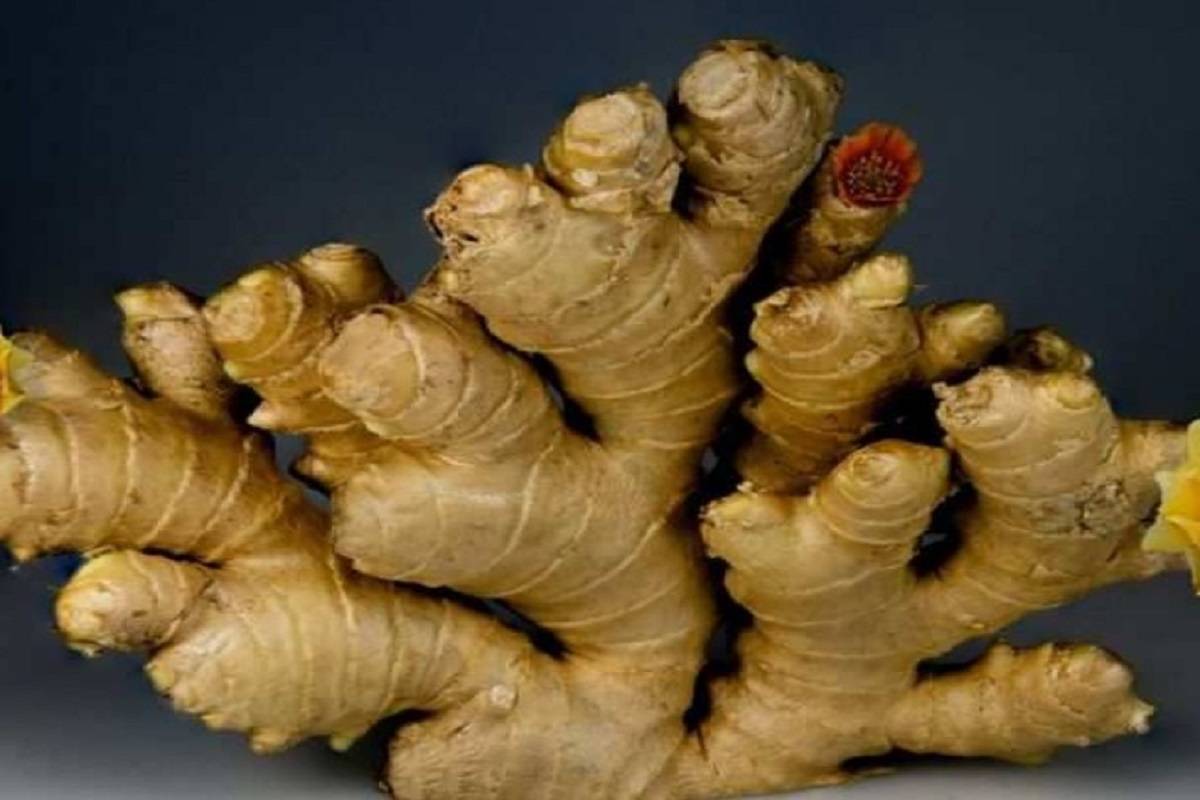
Mango ginger, also known as Curcuma amada, is a member of the Zingiberaceae family of plants and is closely related to turmeric (Curcuma longa). The rhizomes resemble typical ginger in appearance but lack its pungent flavour instead tastes like raw mango. In south India, they are used to make pickles, and in north India, chutneys. In the southern plains of Nepal, it is served as chutney at communal feasts. The southern plains of Nepal are known for their mango ginger and elephant foot yam pickles.
What is mango ginger used for?
Medicinal uses of Mango Ginger:
-
In order to alleviate indigestion and increase appetite, combine mango ginger with a cup of buttermilk.
-
Pain can be reduced by massaging with mango ginger and sesame oil.
-
To treat a cough and cold, combine mango ginger with honey and swallow.
-
Use rose water and mango ginger to cure skin issues.
Culinary uses of Mango Ginger:
-
Mango ginger can be consumed raw, added to meat dishes to increase flavour, or used as a condiment to dress up vegetables.
-
It is frequently used to make pickles, chutneys, sauce, and candies.
-
Combine chopped mango ginger with salt and lemon juice to serve as a palate cleanser in between courses of food.
-
Keep some Mango Ginger rhizomes on hand if you wish to increase appetite.
Health Benefits of Mango Ginger:
Mango Ginger is widely utilised to treat digestive problems in Ayurveda because it has several documented medicinal effects.
The antibacterial, antifungal, anti-inflammatory, and antioxidant qualities of mango ginger are well recognised, and according to Ayurveda, they can balance all three of the body's doshas, particularly Pitta dosha.
Digestive Problems
Treating digestive problems is one of mango ginger's key applications. Enterokinase, an enzyme found in mango ginger, aids in the digesting process by converting proteins to organic molecules. Additionally, it increases appetite and aids in gas relief.
Breathing Problems
Ayurveda claims that mango ginger's expectorant and analgesic characteristics make it an effective remedy for breathing issues including bronchitis and asthma. It also aids in the eradication of the cough and cold.
Skin Problems
Strong antibacterial and antioxidant capabilities abound in mango ginger. This is excellent for treating skin issues like acne and itching since it helps the body cleanse and removes any harmful pollutants.
Swelling
Mango ginger is used to relieve swelling in the joints brought on by rheumatism and arthritis because it has anti-inflammatory properties.
It can be applied to reduce swelling brought on by bruises, sprains, and wounds.
Hair and Dandruff
Ayurveda uses mango ginger because of its antibacterial and antifungal abilities to treat dandruff. Lice and dandruff can be removed by using mango ginger paste on the scalp and hair.
-
Can mango ginger be eaten raw?
Mango ginger can be consumed raw, added to meat to increase flavour, or used as a condiment to dress up vegetables. Make sure you have some rhizomes of mango ginger on hand if you want to increase appetite.
-
Is mango ginger and white turmeric the same?
Curcuma mangga, a ginger cousin with very light yellow/cream flesh and the flavour of sweet-tart green mango, is referred to as "white turmeric."
-
Is mango ginger seasonal?
Yes, Mango Ginger is mainly available from September to march.
















